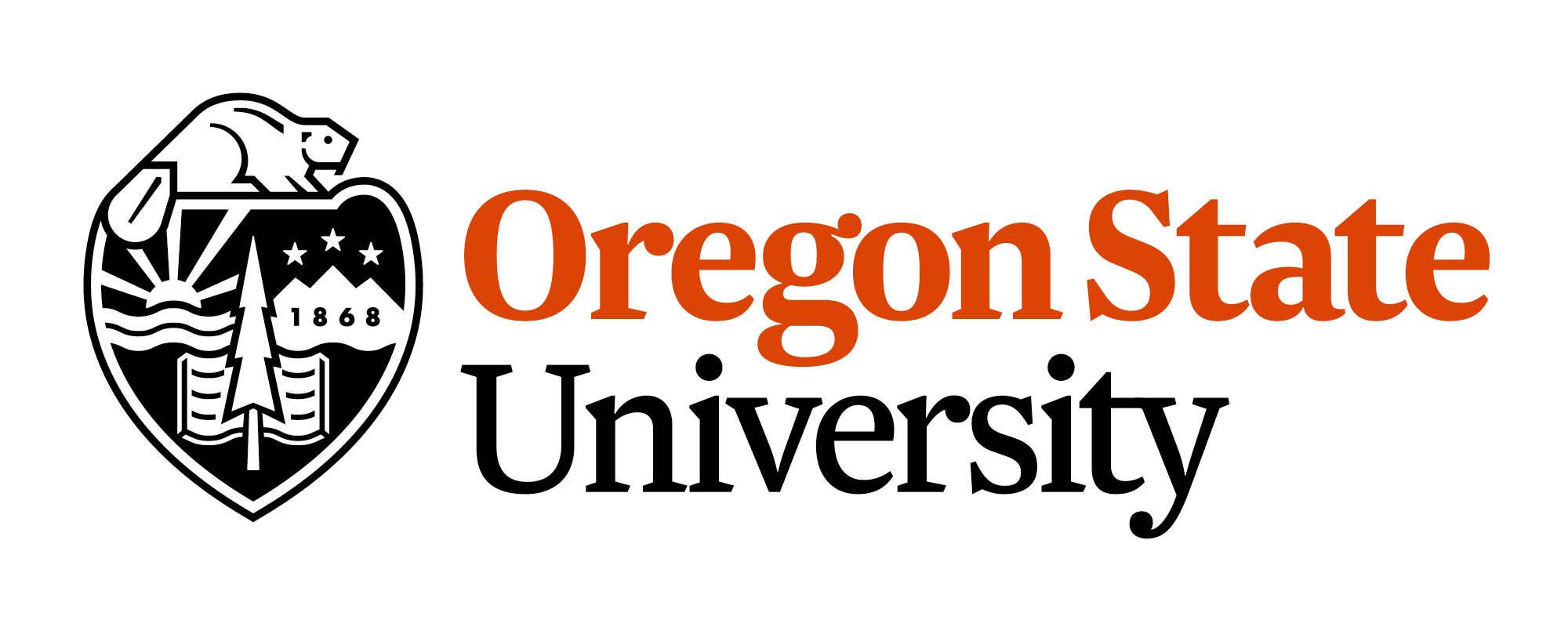How past disaster rebuilding experiences can inform future disaster and climate-related challenges
Drawing upon her years of experience researching and practicing post-disaster recovery planning and management following many of the world’s major urban disasters, including Hurricanes Katrina and Sandy, the 1995 Kobe and 2011 Tohoku earthquakes and tsunami in Japan and the 2011 earthquakes in Christchurch New Zealand, Laurie Johnson will present key findings from her recent book, After Great Disasters: An In-Depth Analysis of How Six Countries Managed Community Recovery. Post-disaster community recovery offers opportunities to improve construction and design standards, renew infrastructure, create new land-use arrangements, reinvent economies, and improve governance. If done well, rebuilding can also help break the cycle of disaster-related impacts and losses and improve the resilience of a city or region. The lessons presented can help communities and government leaders better organize and implement recovery after future disasters. A framework for planning, managing and retreating from future hazard-prone areas will also be presented.
Laurie Johnson is an internationally-recognized urban planner specializing in disaster recovery and catastrophe risk management. For over 30 years, she has combined her unique blend of professional practice and research in earth science, urban planning and public policy to help communities address the complex urban challenges posed by natural hazards and disasters. Much of her post-disaster recovery work is captured in her recent book, After Great Disasters: An In-Depth Analysis of How Six Countries Managed Community Recovery (2017). Her current portfolio of work is with the Federal Emergency Management Agency, U.S. Geological Survey, California Earthquake Authority, California Geological Survey and California Governor’s Office of Emergency Services, City and County of San Francisco, New Zealand Earthquake Commission, and Wellington Regional Emergency Management Office, among others. She is also the President of the Earthquake Engineering Research Institute (EERI) and recent chair of the Federal Advisory Committee on Earthquake Hazards Reduction. She holds a Doctor of Informatics degree from Kyoto University and a Master of Urban Planning and Bachelor of Science in Geophysics, both from Texas A&M University, and is a 2018 inductee into the College of Fellows of the American Institute of Certified Planners.
